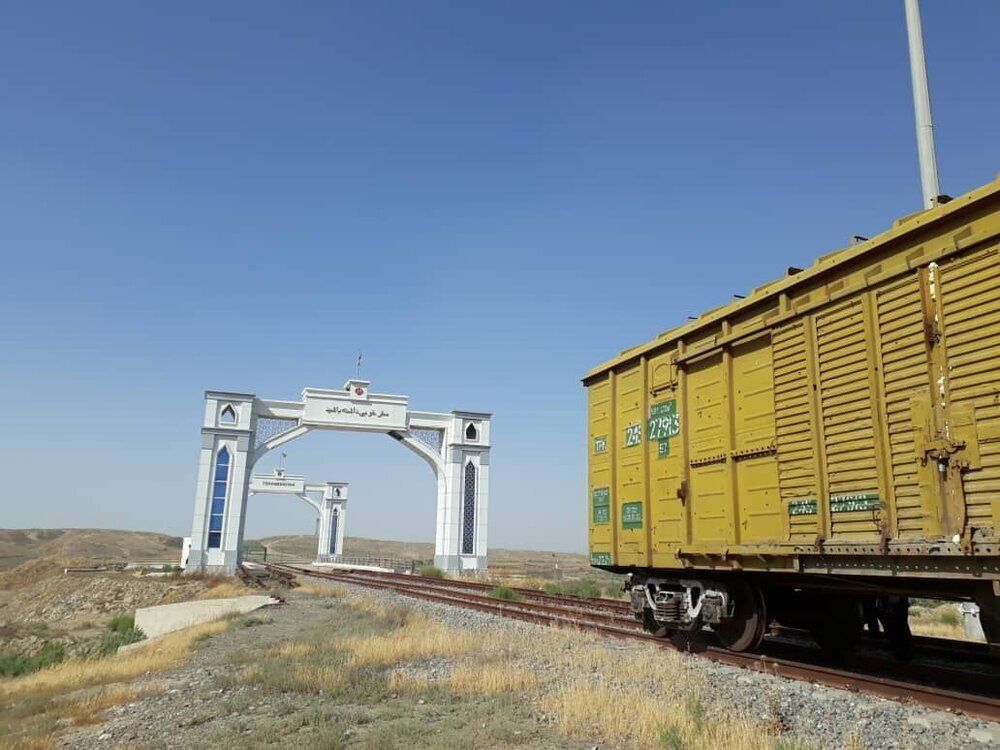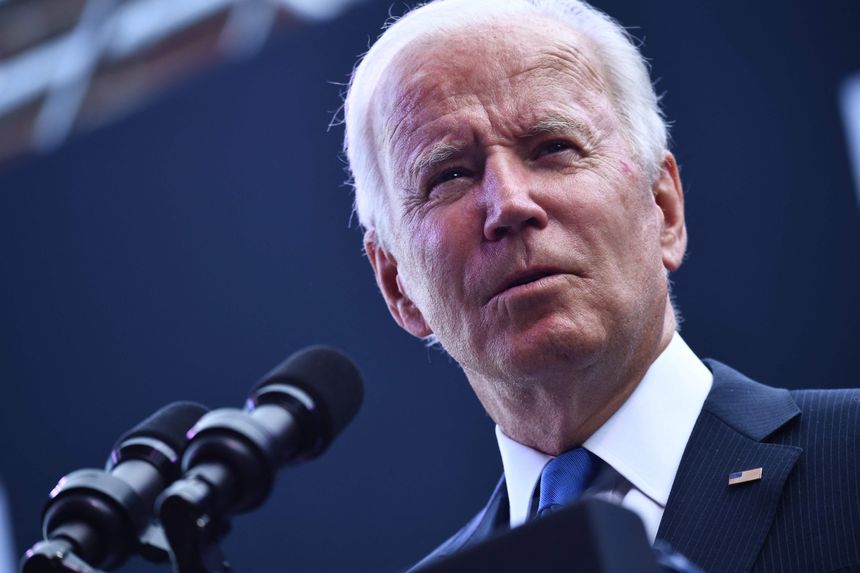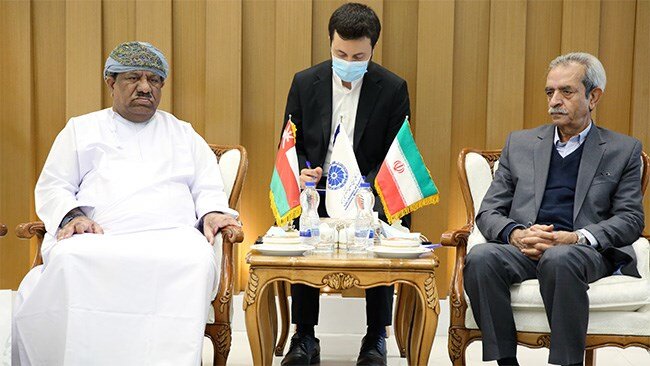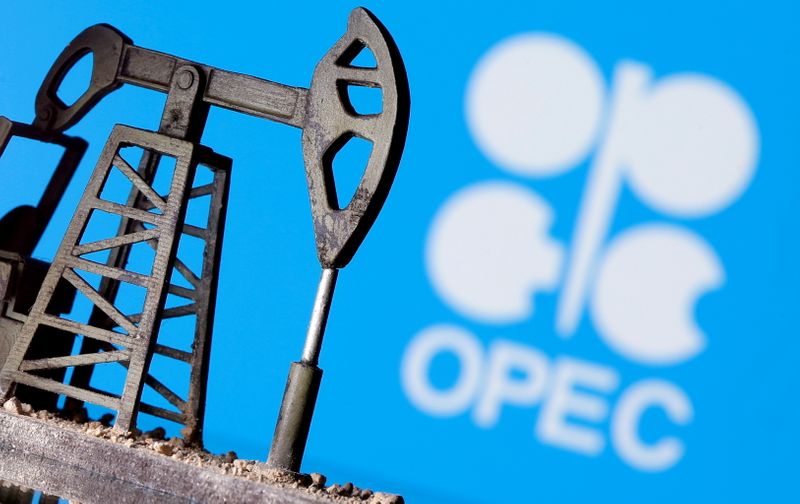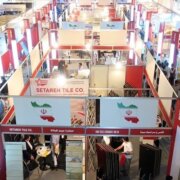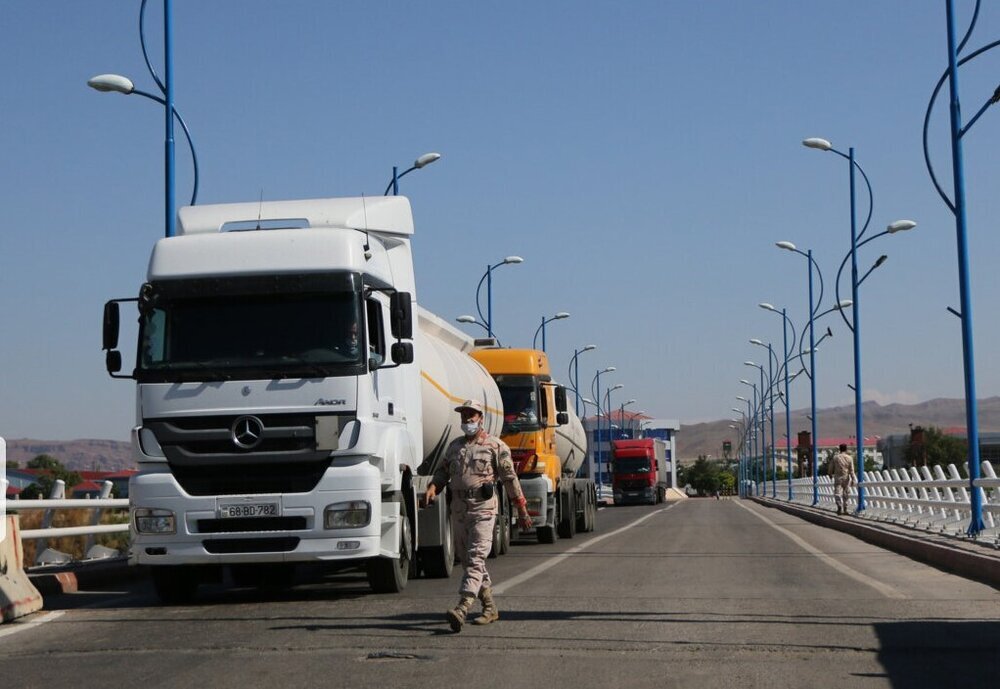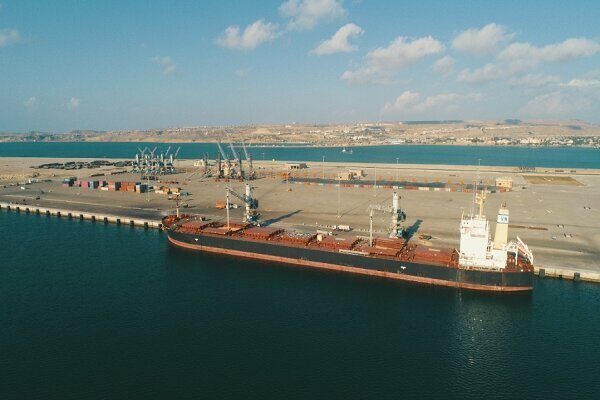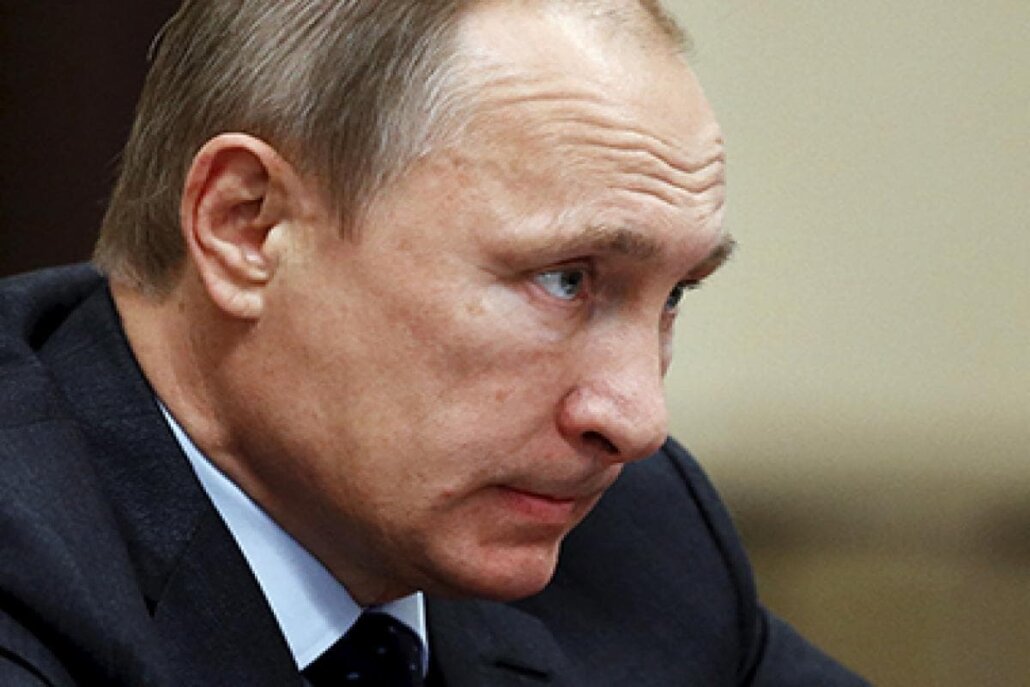ONDON (Bloomberg) –The culprit behind the latest jump in oil prices isn’t soaring natural gas prices or even OPEC+’s limits on output but rather what is happening at America’s largest oil storage hub in Oklahoma.
Traders are fretting that stockpiles in Cushing will fall as low as they physically can. It has sent gauges of market health known as timespreads soaring to their most bullish levels in years, a move that is now spilling over to the global Brent benchmark.
Cushing is the delivery point for U.S. crude futures and one of the largest storage hubs in the world. Supply and demand balances there drive daily oil trading worth hundreds of millions of dollars. The higher the cost of oil for prompt delivery relative to later-dated contracts reflects just how short supply is relative to demand.
The numbers are eyewatering. For U.S. crude, nearby contracts are at their biggest premium to those for five months later since 2018 — when Cushing stockpiles were near operational lows. The December-December spread, a favored trade of the world’s oil hedge funds, is at its strongest since 2013 a year when prices averaged almost $100 a barrel.
As a result, the oil market is doing whatever it can to keep U.S. crude at home. West Texas Intermediate crude was its smallest discount to international benchmark Brent since April 2020, a move that’s set to curb flows abroad. That means similar quality North Sea barrels are expected to rally, and that is spurring buying of the global Brent benchmark’s structure. Its closely-watched Dec.-Red-Dec. spread is just 60 cents away from a record.
“This is really a Cushing story with market fears around tank bottoms,” said Kit Haines, a global crude analyst at consultant Energy Aspects. “WTI is pricing to stay domestic. Brent will have to chase to get the sweet barrels, and already has to a certain extent” he said, referring to those with a low sulfur content.
The relative value of lower-sulfur crudes has climbed in recent weeks as natural gas prices boost the cost of hydrogen — a key ingredient in sulfur removal. As a result, Brent’s premium to heavier sour crudes has grown to its widest since 2018 in recent days. Canada is a microcosm of the dynamic with traders across the U.S. shunning its heavy oil production in favor of lighter grades.
Despite the surge, there are reasons to be cautious. Demand from Asia has helped support physical crude markets in recent weeks but there are some signs of a slowdown. Two supertankers laden with Forties have also been floating off Southwold, England, for more than one month after failing to secure buyers in Asia, according to ship tracking data compiled by Bloomberg. Higher premiums for light-sweet crudes make them less attractive to buyers in Asia and physical differentials are yet to show the same roaring strength as timespreads.
The rampant bullishness also shows up in speculative flows. Oil options flows indicate investors strongly favor bullish wagers- known as calls – over bearish bets. Trading of Brent $100 calls has jumped in weeks, and open interest over the next year has almost doubled to more than 80,000 contracts so far this month. There’s also been buying as high as $150 and $200.
For now though, the Brent market is following WTI higher as traders wager that light sweet supply will remain tight. The difference between January and February contracts is above a dollar for the first time since 2019, while the February-March spread also topped a dollar. The only other time that spreads further down the futures curve have settled at such strong levels, headline prices were trading closer to $100.
“Brent spreads are rallying as the idea of diminished exports from the U.S. with good margins and stronger global runs means that Brent related barrels may have to replace U.S. crudes,” said Scott Shelton energy specialist at ICAP.


